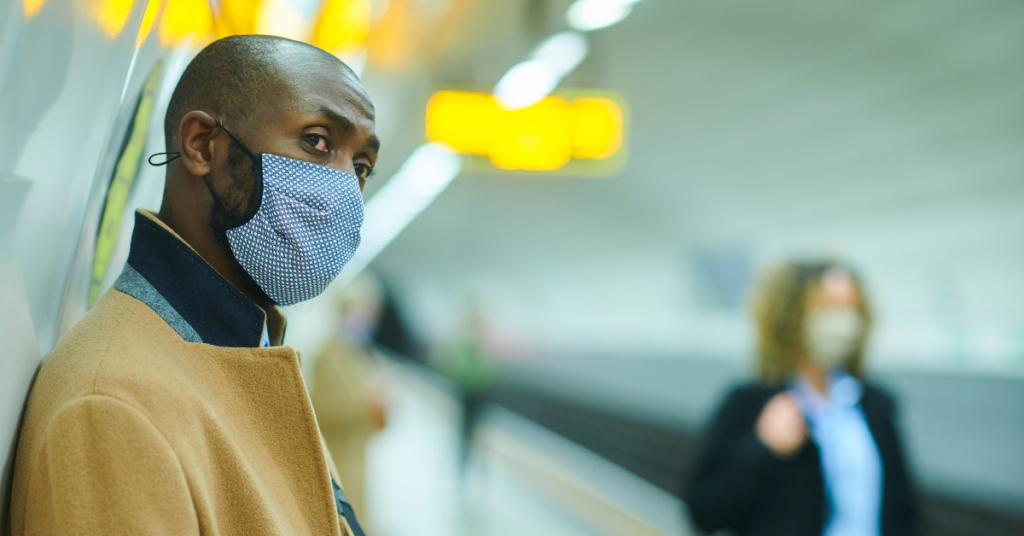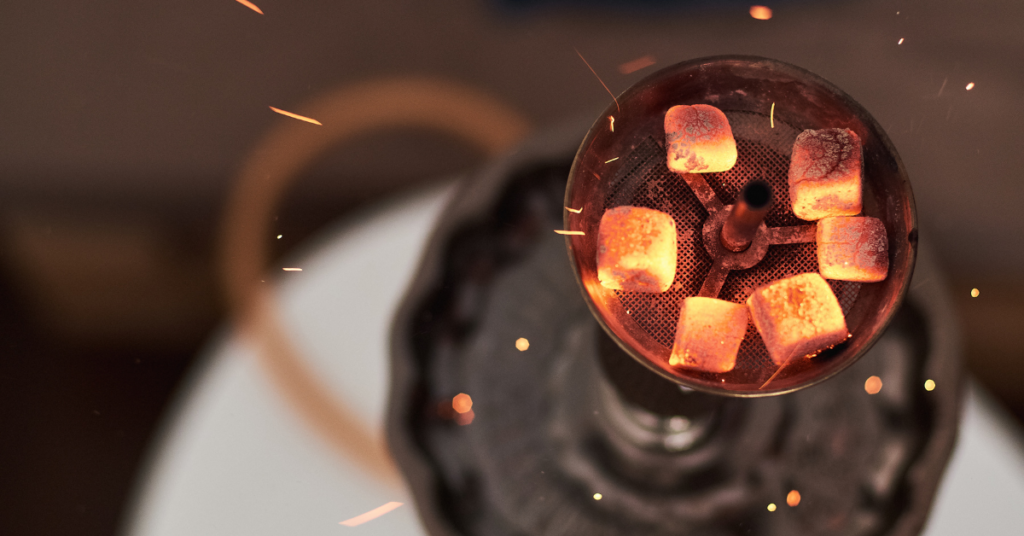For the majority of the U.S., January and February are the coldest and darkest months of the year. These are the peak months for the “winter blues.”
As we explained in this story, there is a segment of the population who experience significant disruptions in mood and behavior due to the change in seasons. What these people go through is far more serious.
They comprise the estimated 10 million who suffer from Seasonal Affective Disorder or SAD, a type of depression that occurs in accordance with a seasonal pattern. With this condition, people can experience symptoms more serious than the “winter blues.”
Common symptoms include a loss of interest in activities, fatigue, decreased sex drive, feelings of hopelessness, social withdrawal, and anxiety, among others.
Simply put, the change in seasons can be a life-altering experience. Thankfully, there are a number of therapies available to treat this condition. But before you consider them, it’s best to consult with your doctor to find the best option. Let’s delve into what they are.
- Light Therapy: According to the National Institute of Mental Health (NIMH), this treatment approach has been a mainstay for people with SAD. It involves the daily application of light to help replace the diminished exposure from natural sunlight during the winter months. Patients sit in front of a bright light box every day, the first thing in the morning. They do so for 30 to 45 minutes from Fall to Spring. Because the light box filters out harmful UV light, it is safe for most people to use with some exceptions.
- Cognitive behavioral therapy (CBT): This longstanding treatment approach helps people with SAD replace negative thoughts about the winter season with more positive ones. A critical part of CBT is behavioral activation, states the NIMH. This is a method where patients are encouraged to schedule pleasurable activities – either outdoor or indoor – to combat the loss of interest that occurs with the winter season.
- Antidepressant medications: For people with severe symptoms, antidepressant medications can be an option. Because SAD and other forms of depression involve a disruption of serotonin activity, a doctor may recommend that you take selective serotonin reuptake inhibitors (SSRIs), which can enhance mood. The most commonly prescribed SSRIs include sertraline, citalopram, fluoxetine, paroxetine, and escitalopram, according to the NIMH. Because all medications have side effects, it’s best to consult your doctor before using them.
- Vitamin D: Because SAD is linked to a deficiency of this vital nutrient, you can take a Vitamin D supplement to help ease your symptoms. It’s worth noting that these products are not a foolproof method to addressing SAD as results have been mixed.

- Exercise: Here is a treatment option that you can take up on your own, provided you are healthy enough: Work out. The endorphins released through exercise promote feelings of well-being and pain reduction. Weight loss and improved metabolism are two other benefits. All help to fight the aforementioned symptoms. While outdoor exercise is most helpful in reducing SAD symptoms, says Everyday Health, you can still work out at a gym. If you want to avoid the health club due to Covid-19 concerns, exercising at home is a viable option.
- Socialization and Sunlight: Everyday Health also recommends getting out there and engaging in social activities to avoid isolating yourself. You can bundle up and take a walk around the neighborhood. You can also open the blinds during daylight hours to bask in as much natural light as you can.












